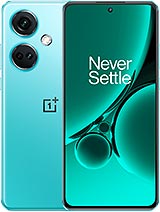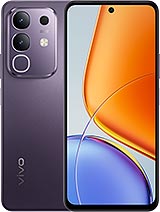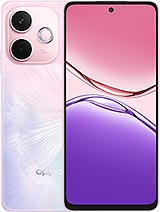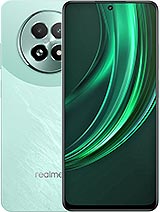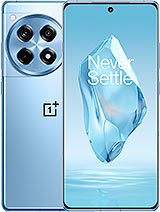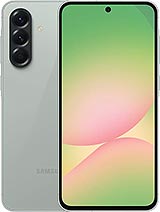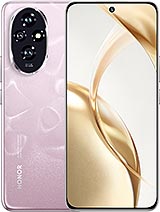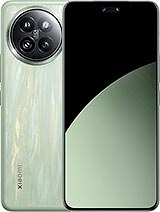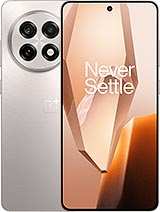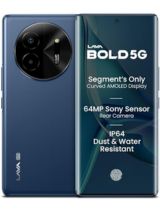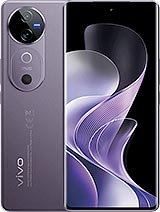Lava Bold alternatives
Tap above to see alternatives.
Vivo V40 alternatives
Tap above to see alternatives.
2x2.4 GHz Cortex-A76
6x2.0 GHz Cortex-A55
1x2.63 GHz Cortex-A715
3x2.4 GHz Cortex-A715
4x1.8 GHz Cortex-A510
6GB 128GB (UFS 2.2)
8GB 128GB (UFS 2.2)
8GB 256GB (UFS 2.2)
12GB 512GB (UFS 2.2)
(wide), Sony, AF
2 MP
macro
f/1.9, 24mm (wide), 1/1.56", 1.0µm, PDAF, OIS
50 MP
f/2.0, 15mm, 119˚ (ultrawide), 1/2.76", 0.64µm, AF
1080p@30fps
f/2.0, 21mm (wide), 1/2.76", 0.64µm, AF
1080p@30fps
SIM1: Nano, SIM2: Nano
SIM1: Nano, SIM2: Nano
FDD: N1, N3, N5, N7, N8, N20, N28
TDD: N38, N40, N41, N66, N77, N78
FDD: N1, N3, N5, N8, N28
TDD: N40, N77, N78
FDD: N1, N3, N5, N7, N8, N20, N28
TDD: N38, N40, N41, N66, N77, N78
FDD: N1, N3, N5, N8, N28
TDD: N40, N77, N78
In this comparison, the Vivo V40 with the Qualcomm Snapdragon 7 Gen 3 (4nm) performs better than the Lava Bold with the Mediatek Dimensity 6300 (6nm), thanks to its more efficient chipset.
The Vivo V40 offers 3 years of OS updates, while the Lava Bold provides 1 years. When it comes to security updates, Vivo V40 leads with 4 years of support.
Both phones feature AMOLED displays. They have the same 120 Hz refresh rate. These phones offer the same brightness level at nits. Notably, Vivo V40 has a higher resolution display, resulting in sharper visuals.
Vivo V40 has a larger 5500 mAh battery for longer usage. Vivo V40 supports faster wired charging at 80W.
Vivo V40 offers better water and dust resistance with an IP68 rating.

